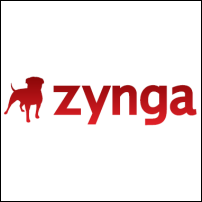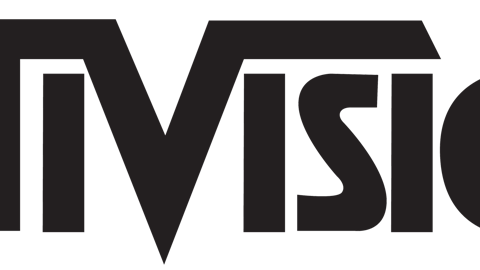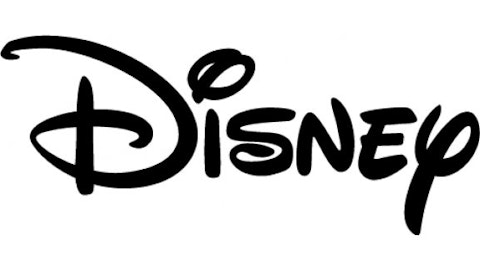Last month, Zynga Inc (NASDAQ:ZNGA) reported that it has reduced its workforce to pre-IPO levels: a move that reduces its headcount by 18% and promises to save the company between $70 million and $80 million annually. This reduction in the workforce comes in the wake of Zynga Inc (NASDAQ:ZNGA) updating its second-quarter earnings guidance to allow for a greater loss of $0.04-$0.03 per share than previously anticipated loss of $0.03 per share.

Zynga’s rise to dominance and current downturn is rooted within its largest asset — Farmville on Facebook. Although the company launched subsequent games, they existed on the desktop and were not able to transition profitably to mobile. Zynga Inc (NASDAQ:ZNGA) is in a position of weakness and ultimately has come to face a reality where profitability is nearly impossible to achieve. For traders, there may still be life in Zynga, but for investors, the question must be asked: “Would you buy the stock now?” The answer is undoubtedly no from a long-term perspective.
For current owners:
For those reading that have a position in Zynga Inc (NASDAQ:ZNGA), the two questions that must be raised are:
- Does the company have a viable long-term strategy that will transition its platform from a desktop-driven business to that of a mobile business?
- Are any events currently unfolding that will result in a short-term spike in the stock (i.e. a buyout, partnership, etc)?
The answer to these questions are difficult to unpack fully, but all signs point to a company that is faltering and ultimately may never return to profitability. CEO Mark Pincus calls this a “transition” for Zynga and describes the company’s current trouble by saying:
The scale that served us so well in building and delivering the leading social gaming service on the Web is now making it hard to successfully lead across mobile and multiplatform, which is where social games are going to be played.
The company, however, has not been able to put forth a comprehensive plan that will transition the company from a web-based gaming platform to that of a mobile and multi-platform.
The next earnings release will, without doubt, show a continuation of the trend that has dominated Zynga. In the previous quarter, monthly users were down and revenue declined 18% year-over-year. This illustrates the difficulty that Zynga is having in building a profitable enterprise, but more so, it shows an ominous future.
Zynga Inc (NASDAQ:ZNGA) should be putting forth a comprehensive gaming and operating plan that does more than cut costs through closing its New York, Dallas, and Los Angeles offices, but rather shows how profitability will be reached and how inroads into a profitable mobile strategy will commence. This has simply not occurred.
Two means of comparison
Electronic Arts Inc. (NASDAQ:EA) has found a niche within gaming that has proven profitable, scalable, and sustainable: three attributes that Zynga lacks. Electronic Arts Inc. (NASDAQ:EA) has been able to capitalize on a mobile strategy that has complemented its console-based business. Additionally, Electronic Arts has made lasting partnerships with organizations such as Disney that build off of other brands such as Star Wars — a decision that gives it distinguished and established content.
Although a far larger organization, Activision Blizzard, Inc. (NASDAQ:ATVI). has proven its worth and profitability within the gaming space through a past commitment to R&D and disciplined actions to achieve profitability. Activision has a market cap of over $16 billion and has been able to achieve profit margins of nearly 25%.
Activision Blizzard, Inc. (NASDAQ:ATVI) has also experienced difficulty in fully transitioning to the world of mobile in the face of its desktop-driven business, but the company has put forth a comprehensive plan to cut costs and invest in the proper channels of growth that will ultimately build upon the foundation the company has set forth over the past 20 years. Activision Blizzard, Inc. (NASDAQ:ATVI) and Electronic Arts have achieved profitability and must build upon their respected positions in the marketplace.
Unless Zynga is able to build the proper channels of content and gaming dispersion, the company is on track for a future of layoffs and a slow death. Current investors should ask the question, “Would you buy it now?”
For onlookers who see a “cheap” stock
The answer to the aforementioned question, “Would you buy it now?” comes down to the company’s past ability to deal with adversity and a changing internet reality. The way the company has handled the past has been to continue to build new games that have built its user base, but have not built a platform that is conducive to a mobile strategy: at least a strategy that is profitable.
These are ominous signs for traders and investors alike and should raise red-flags. Electronic Arts is a company that has gaming exposure, but has a business model that works and has proven profitable. The company develops, markets, and distributes entertainment software, which provides Electronic Arts a wider breadth of business opportunities than that of Zynga. Electronic Arts is currently trading at a PEG ratio of 1.27 and is achieving a profit margin of roughly 2.5%. These are respectable figures and point to a company that has been able to adapt in the gaming industry: an attribute Zynga Inc (NASDAQ:ZNGA) has been unable to show investors.
Conclusion
Rising competition, an ever-changing gaming environment, and a rocky track record make Zynga a company investors should be wary of in both the short-term and the long-term. As Dennis Gartman discusses:
The objective is not to buy low and sell high, but to buy high and to sell higher. We can never know what price is “low.” Nor can we know what price is “high.” Always remember that sugar once fell from $1.25/lb to 2 cent/lb and seemed “cheap” many times along the way.
Zynga must do more than control its costs through workforce reductions and must prove that it has the power to transition from a desktop to a mobile strategy. The signs currently point to a Zynga Inc (NASDAQ:ZNGA) that is off track and under-performing and there are few clues indicating a change in Zynga’s downward trajectory.
The article Zynga: What Investors Should Do Next originally appeared on Fool.com and is written by Justin Weinstein.
Justin Weinstein has no position in any stocks mentioned. The Motley Fool recommends Activision Blizzard. The Motley Fool owns shares of Activision Blizzard. Justin is a member of The Motley Fool Blog Network — entries represent the personal opinion of the blogger and are not formally edited.
Copyright © 1995 – 2013 The Motley Fool, LLC. All rights reserved. The Motley Fool has a disclosure policy.




